How to Access Unconscious Mind: Unlocking the Hidden Gateway to Power

Hello! I’m Gregg Swanson, a coach who thrives on pushing boundaries.
Whether navigating through a catastrophic avalanche, coaching teams across vast sales territories, or rock climbing for fun, I’ve learned that mental resilience is the foundation of success.
For over 20 years, I’ve been helping people like you strengthen their mindset and achieve their goals by looking at how to access unconscious mind.
Introduction: The Hidden Power Beneath the Surface
What if the key to transformation isn’t in your conscious effort, but in the vast, untapped potential of your unconscious mind? Most high achievers focus on discipline, strategy, and sheer willpower.
Yet, the unconscious mind quietly shapes 95% of our thoughts, emotions, and actions. The real breakthroughs come not from fighting harder but from learning how to access unconscious mind power deliberately.
I know this truth firsthand. Through years of training in shamanic practices and Neuro-Linguistic Programming (NLP), I discovered techniques that bypass surface logic and open pathways to the deeper mind.
Whether it was firewalking rituals that shattered fear or NLP anchoring that rewired old patterns, the lessons all pointed to one reality: mastery begins when you learn how to access unconscious mind potential.
This article will break down what the unconscious mind truly is, why accessing it matters, the common obstacles people face, and a step-by-step guide to unlock it.
Along the way, I’ll share personal experiences from shamanic and NLP practices, real-world applications, and advanced strategies for those ready to elevate their performance.
What Is the Unconscious Mind?
The unconscious mind is the vast reservoir of beliefs, memories, and automatic behaviors that runs your life in the background. It processes information at lightning speed, storing everything you’ve ever experienced—even the things your conscious mind forgot.
Neuroscience suggests that while your conscious mind can focus on about 7–9 pieces of information at once, the unconscious processes millions of bits per second.
Think of it as the operating system running quietly behind the screen. It controls your breathing, heart rate, and habits. It’s where your identity, values, and fears live.
Learning how to access unconscious mind processes is not about force—it’s about learning the language it understands: symbols, images, metaphors, rituals, and emotional triggers.
Why Accessing the Unconscious Mind Matters
Learning how to access unconscious mind power can be the difference between surface-level growth and true transformation. High achievers often grind their way through obstacles, only to find themselves repeating the same patterns: self-sabotage, burnout, doubt.
Why? Because the unconscious hasn’t been rewired.
When you consciously set a goal but your unconscious holds the opposite belief, you live in conflict. For example, consciously wanting success but unconsciously fearing judgment will sabotage your progress. Unlocking the unconscious allows alignment between what you say you want and what you actually move toward.
On a practical level, this alignment creates clarity, resilience, and flow. Athletes call it “the zone.” Leaders call it presence. Warriors call it power. Whatever you name it, the state is the same: the unconscious and conscious mind working as one.
Common Challenges and Limiting Beliefs
Accessing the unconscious mind isn’t without resistance. Here are three common blocks:
✔️ Many believe the unconscious is mysterious, dangerous, or inaccessible, so they avoid exploring it.
✔️ Cultural conditioning teaches us to worship logic and dismiss intuition, cutting us off from the very signals the unconscious sends.
✔️ Past trauma often locks painful memories in the unconscious, leading people to fear opening that door.
I’ve experienced this firsthand during shamanic firewalking. My conscious mind screamed, “This is impossible—you’ll burn!” But by shifting into altered states through breath and ritual, my unconscious accepted a new belief: fear is an illusion.
That breakthrough rewired more than just courage—it taught me how belief shapes reality and reinforced my understanding of how to access unconscious mind power.
Step-by-Step Guide: How to Access the Unconscious Mind
Here’s a practical framework to unlock your unconscious:
Step 1: Use Rituals and Symbols
The unconscious communicates through metaphor. Use rituals like journaling, visualization, or even lighting a candle to signal entry into a different state of mind. This symbolic action is a powerful start when learning how to access unconscious mind gateways.
Step 2: Practice Deep Breathing and Relaxation
The body is the doorway. Breathwork and relaxation quiet the conscious chatter, opening access to deeper states. Try a 4-7-8 breathing pattern to trigger unconscious receptivity and deepen your practice of how to access unconscious mind states.
Step 3: Leverage NLP Anchoring
Anchor desired states (confidence, focus, calm) with a specific gesture or touch. Over time, this conditions your unconscious to respond automatically, just like Pavlov’s dogs responded to a bell. This is one of the most direct demonstrations of how to access unconscious mind programming.
Step 4: Explore Guided Imagery and Visualization
Imagine walking through a symbolic door, forest, or mountain path. Your unconscious loves stories and imagery. Use them to reframe beliefs and access insights. Visualization is one of the most effective practices for anyone wondering how to access unconscious mind depth.
Step 5: Shamanic Practices
Use drumming, chanting, or movement to shift brainwaves from beta (logic) into theta (deep unconscious). This is where visions, breakthroughs, and reprogramming occur. For centuries, shamans have shown us how to access unconscious mind wisdom through these practices.
By combining these practices, you create a repeatable system for tapping into the unconscious mind and reprogramming limiting patterns.
Real-Life Success Stories
One of my clients, a high-performing executive, struggled with crippling public speaking anxiety. His conscious mind knew the material, but his unconscious held memories of ridicule from school.
Through NLP anchoring and guided imagery, we rewired that old memory. The result? He delivered a flawless keynote and later told me, “It felt like someone else was speaking through me—the confident version I always wished I could be.”
He had finally learned how to access unconscious mind power to dissolve fear.
Personally, firewalking rituals and shamanic practices helped me overcome fear at a cellular level. The unconscious mind doesn’t distinguish between symbolic and physical experiences.
By walking on fire and emerging unharmed, I rewrote fear-based programming with courage and certainty. It was a vivid example of how to access unconscious mind resources in a transformative way.
Mistakes to Avoid
✔️ Don’t expect instant mastery. Accessing the unconscious takes repetition, not one dramatic moment.
✔️ Don’t confuse the unconscious with magical thinking. It works through biology, psychology, and conditioning—not wishful fantasies.
✔️ Don’t neglect integration. After accessing the unconscious, ground the insights with action, journaling, or coaching. Integration is crucial in understanding how to access unconscious mind effectively.
Advanced Strategies for Mastery
For those ready to go deeper:
✔️ Study dream journaling to decode unconscious messages.
✔️ Use hypnosis or self-hypnosis for accelerated reprogramming.
✔️ Combine movement (yoga, martial arts) with visualization to merge body and unconscious intention.
✔️ Explore archetypes—the Warrior, King, Magician, Lover—as symbolic gateways to unconscious power.
Each of these tools deepens your ability to influence the unconscious with precision and purpose, reinforcing mastery of how to access unconscious mind.
Conclusion: Your Hidden Gateway to Power
The unconscious mind is not a mystery to fear—it’s a reservoir of strength, wisdom, and transformation waiting to be tapped. By combining rituals, NLP techniques, and shamanic practices, you align your inner world with your outer goals. T
hat alignment is where performance becomes effortless and resilience unshakable.
If you’ve ever wondered how to access unconscious mind power, the answer lies not in more struggle but in deeper alignment. Step into the practices, embrace the metaphors, and open the door to your unconscious. That’s where your true power resides.
Step into your Warrior Mindset today… Book your Power Strategy Session and start reclaiming your potential.
Q&A: How to Access the Unconscious Mind
What is the fastest way to access the unconscious mind?
Deep breathing and visualization are among the quickest tools. They bypass conscious chatter and connect you with symbolic imagery the unconscious understands. For those seeking how to access unconscious mind quickly, these are proven starting points.
Is hypnosis safe for accessing the unconscious?
Yes, when practiced responsibly. Hypnosis is essentially guided relaxation that allows the unconscious to absorb new beliefs and patterns. It is one of the most recognized methods of how to access unconscious mind power.
Can dreams help me understand my unconscious mind?
Absolutely. Dreams are symbolic stories created by your unconscious. Keeping a dream journal can reveal recurring patterns and hidden beliefs. This is another effective way to practice how to access unconscious mind messages.
How does NLP connect with the unconscious mind?
NLP techniques like anchoring and reframing directly influence unconscious associations, rewiring old beliefs into empowering ones. It’s a cornerstone example of how to access unconscious mind programming.
Why combine shamanic practices with modern psychology?
Shamanic practices use ritual, rhythm, and symbolism—the very language of the unconscious. When paired with psychology, they accelerate access and transformation, providing a deeper model of how to access unconscious mind wisdom.



